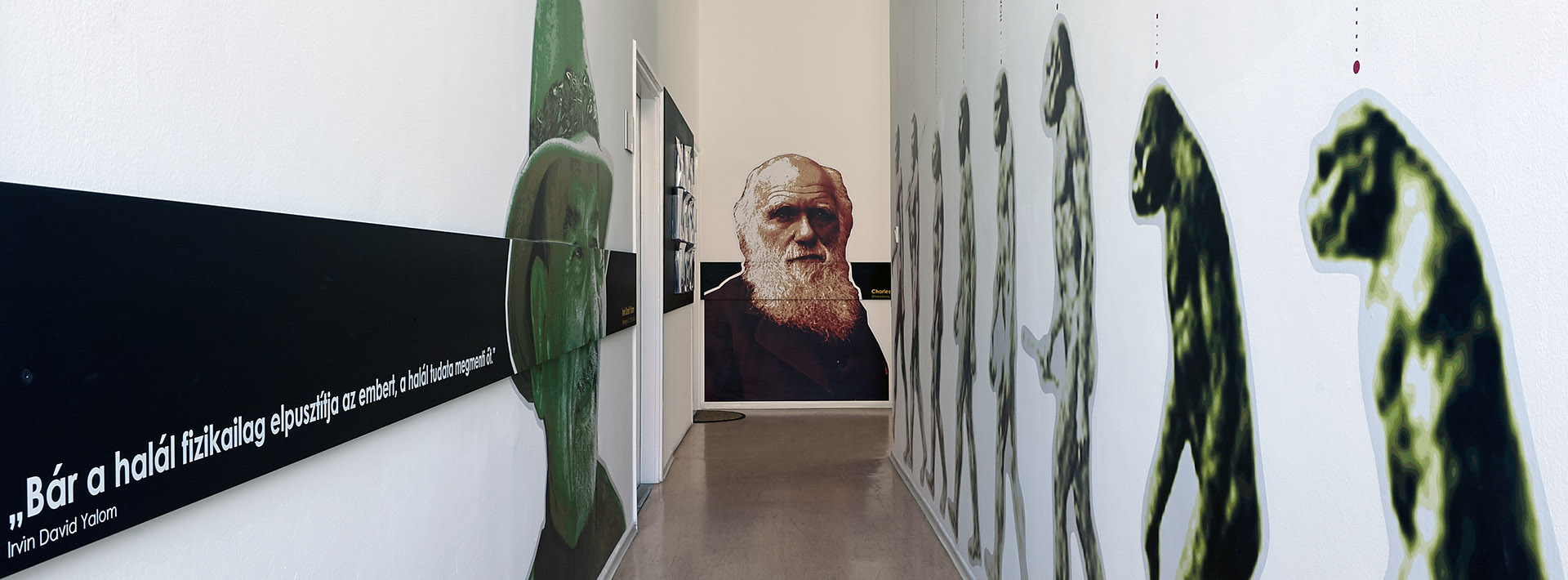Data
Official data in SubjectManager for the following academic year: 2021-2022
Course director
-
Dr. Árpád István CSATHÓ
associate professor,
Department of Behavioural Sciences -
Number of hours/semester
lectures: 14 hours
practices: 0 hours
seminars: 0 hours
total of: 14 hours
Subject data
- Code of subject: OSE-ANT-T
- 1 kredit
- Dentistry
- Elective modul
- autumn
-
Course headcount limitations
min. 5 – max. 35
Topic
Medical Anthropology can shortly be described as a subfield of anthropology that draws upon psychological, cultural, and biological anthropology to better understand those factors which influence human health and well-being. Within this scope, there are many different conceptual approaches, and one of these, the adaptational or ecological approach, receives a special focus during the course. Thus, the discussion of the course topics put an emphasis on the three different mechanisms of adaptation acquired by individuals to adapt to an environment: the biological, cultural and psychological adaptations. By attending the course, students will understand the basic concepts of medical anthropology, and acquire knowledge about the interactions between the many different influential factors (e.g. biological and cultural factors) of human health and behavior.
Lectures
- 1. The subject and subfields of medical anthropology. Health concepts. - Dr. Csathó Árpád István
- 2. The concept of adaptation and plasticity in medical anthropology. - Dr. Csathó Árpád István
- 3. Urban ecology: The effects of urbanization on health. - Dr. Csathó Árpád István
- 4. Stress as a bio-cultural interaction. - Dr. Csathó Árpád István
- 5. Pain perception, and its bio-cultural variability. - Dr. Csathó Árpád István
- 6. Placebo-nocebo effects. The anthropology of the drug effects. - Dr. Csathó Árpád István
- 7. Mortality and the basic concepts of demography. - Dr. Csathó Árpád István
- 8. The concepts of death. The development of the death belief in childhood. - Dr. Csathó Árpád István
- 9. Behavioural science models for human addiction. - Dr. Csathó Árpád István
- 10. Human nutrition in a biocultural context. - Dr. Csathó Árpád István
- 11. The interactions of environmental and biological factors on physical development. The concept of secular trends. - Dr. Csathó Árpád István
- 12. The types of the environment, gene-environment interactions. - Dr. Csathó Árpád István
- 13. The cultural anthropology of time. Clinical implications - Dr. Csathó Árpád István
- 14. Philosophical anthropology. - Dr. Szolcsányi Tibor
Practices
Seminars
Reading material
Obligatory literature
-
Literature developed by the Department
Avaiable on Neptun, and Potepedia
Notes
-
Recommended literature
Donald Joralemon: Exploring Medical Anthropology, Allyn and Bacon, 1999
Tony McMichael: Human Frontiers, Environments and Disease, Cambridge, Univ. Press, 2001
Peter J. Brown: Understanding and Applying Medical Anthropology, Mayfield Publishing C., London, 1998
Conditions for acceptance of the semester
According to the Code of Studies and Examinations
Mid-term exams
-
Making up for missed classes
According to the Code of Studies and Examinations
Exam topics/questions
Exams are organized during the exam period on the days announced well in advance. The exam has two parts organized one after to the other on the same day: a short written part followed by an oral part. On each exam day, first, the students need to write a short test having about 20 simple-choice test questions, lasting about 20 minutes. The questions in the test are related to the topics listed below. The test writing will be immediately followed by the oral part of the exam. During the oral part the students are required to discuss two of topics with examiner extensively. The final grade received by the students is calculated based on the written and the oral grades. the main exam questions needed to be prepared for, are as follows.
1. What is the health concept of the World Health Organization (WHO) and what does the universal and ecological concept of health refer to?
2. How can we classify the adaptation processes based on their mechanisms and time constrains?
3. How do we define the process of acclimatization?
4. What does the cultural adaptation refer to? Give examples for cultural adaptation processes.
5. Consider the figure about the annual prevalence rate of malaria. How would you characterize this prevalence rate? What are the main consequences of this type of prevalence regarding the adaptation processes?
6. Which is the best population to investigate the adaptation difficulties to an urban environment? Explain it why.
7. How do we define the process of acculturation? Which are the main stages of the process of cultural shock?
8. Which are the main stages of the General Adaptation Syndrome?
9. Where (in which context) can we expect the strongest influence of socio-cultural factors on pain?
10. What does the term of “phasic and tonic pain” refer to?
11. What is the difference between 'private' and 'public' pain?
12. Which are the ‘microcontextual’ and the ‘macrocontextual’ elements of the total drug effect?
13. How do we define placebo and nocebo effects? Is placebo effect associated with pharmacologically ineffective drugs only?
14. What is the formula for the calculation of the mortality rates?
15. How does the human mortality rate change as a function of individuals’ age?
16. Which are the main stages of the concepts of death in childhood?
17. What are the descriptions of the different concepts of death?
18. Which are the main levels of addiction? Which one of these is mainly the subject of an anthropological examination?
19. What is the general association between socioeconomic status and physical development (e.g. body height)?
20. What does the term of secular trend refer to? What can cause positive secular trends?
21. Why is growth variation a frequently studied aspect in many disciplines?
22. Why is it important to understand the causal factors of eating disorders? Please name the most frequent eating disorders.
23. Which are the most important gene-environment interactions? Please describe each of them! How does the influence of the different gene-environment interactions change throughout lifespan?
Examiners
- Dr. Csathó Árpád István
- Dr. Szolcsányi Tibor
